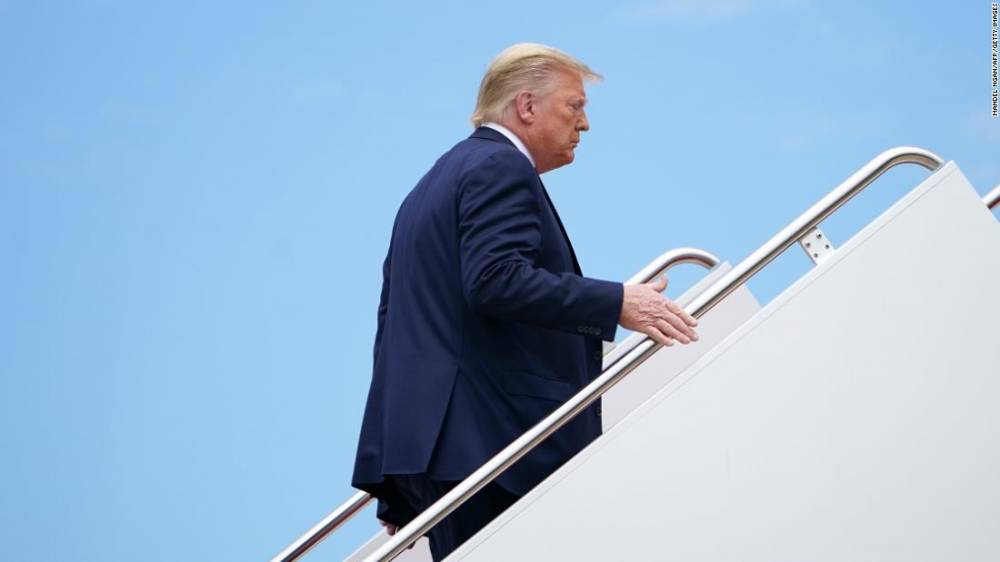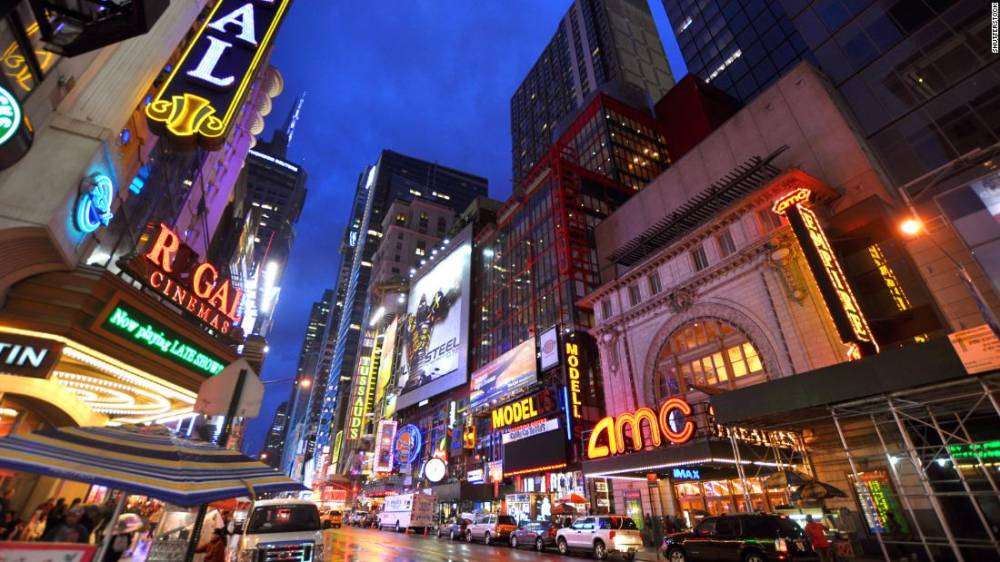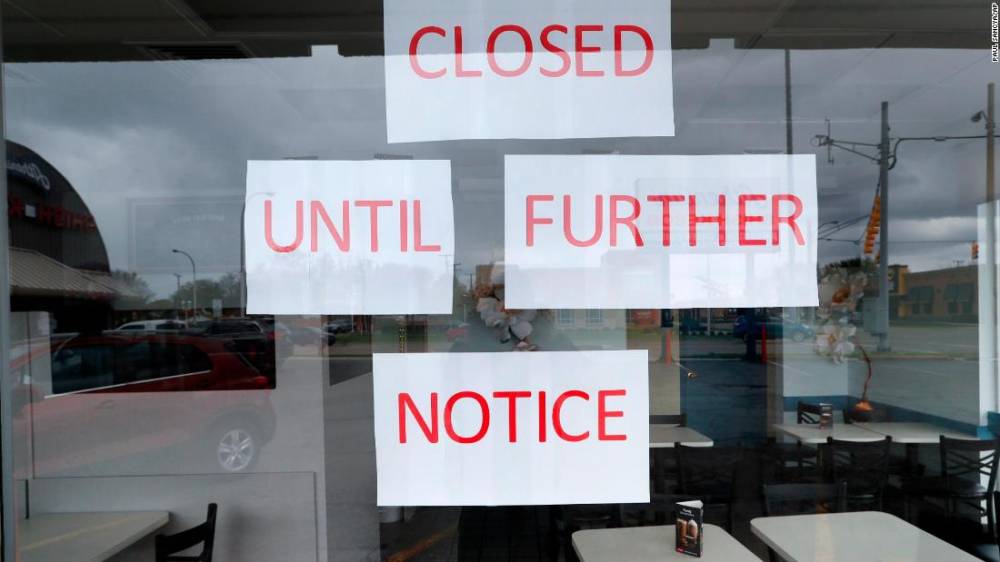London (CNN Business)The stocks mega-rally hit a roadblock: A somber economic outlook from the US Federal Reserve and the 2 millionth coronavirus case in the United States has investors questioning whether they had boosted the stock market too far, too fast.
See what's driving markets now
- Fear and Greed index
- The Dow
- Hot stocks and key movers
- Nasdaq
- Bonds
The Dow was set to tumble 900 points, or 3.3%, Thursday, as US futures plummeted. S&P futures were down 2.7% and Nasdaq futures fell 1.8%. US crude oil prices dropped 7%.
The rising number of coronavirus cases in the United States has unnerved Wall Street. A second wave of infections could force many businesses to close again just after they reopened.Federal Reserve Chairman Jerome Powell said Wednesday that the economic future was highly uncertain. Although he acknowledged that May’s jobs report was a welcome surprise, he noted that many millions of Americans will never go back to their jobs and could remain unemployed for years. Coronavirus could permanently change many parts of the economy, and Fed economists predict unemployment will remain elevated for several years. Although Powell and the Fed also expect to keep their lead foot on the stimulus pedal for quite some time — usually a major boost to corporate bottom lines and stocks — the dour forecast rattled investors.

The stock market no longer cares whether Trump winsRead MoreGlobal stocks also dropped sharply. Japan’s Nikkei 225 (N225) lost 2.8% and Hong Kong’s Hang Seng Index (HSI) dropped 2.2%. China’s benchmark Shanghai Composite (SHCOMP) gave up 0.8%. In Europe, Germany’s DAX (DAX) retreated 2.7% in early trading, while France’s CAC 40 (CAC40) shed 2.9%. The FTSE 100 (UKX) declined 2.5% in London.
Coronavirus invections
Since Memorial Day on May 25, the number of coronavirus hospitalizations has gone up in at least a dozen US states, according to data CNN aggregated from the Covid Tracking Project. They are Alaska, Arkansas, Arizona, California, Kentucky, Mississippi, Montana, North Carolina, Oregon, South Carolina, Texas and Utah. As states across the country reopen their economies, people are being forced to live alongside the virus. A closely watched coronavirus model from the Institute for Health Metrics and Evaluation at the University of Washington was updated on Wednesday is now forecasting nearly 170,000 coronavirus deaths in the United States by October 1.

AMC plans to reopen its theaters in July”If the US is unable to check the growth in September, we could be facing worsening trends in October, November, and the following months if the pandemic, as we expect, follows pneumonia seasonality,” IHME Director Dr. Christopher Murray said in a statement.The number of global cases also continues to tick higher, with nearly 7.4 million confirmed infections reported, according to Johns Hopkins University. Brazil, Russia, the United Kingdom and India have the most cases after the United States. More than 415,000 people around the world have died.
Dashed hopes
Many investors had been betting on a quick recovery for the world’s largest economy. The S&P 500 surged into positive territory for the year earlier this week even as economists officially declared the US economy to be in recession. The Nasdaq topped 10,000 points for the first time in history Tuesday.But the elevated number of coronavirus cases in the United States coupled with dire economic projections from experts including the US central bank suggest continued pain for companies and workers. The bleak outlook may now be getting harder to ignore.Stephen Innes, chief global markets strategist at AxiCorp, said Thursday that markets are having trouble digesting headlines that indicate new virus outbreaks in the United States. “A secondary outbreak is nothing to sneeze at,” he said.The Federal Reserve indicated Wednesday that it was unlikely to hike interest rates this year or next. Even in 2022, the majority of the central bank’s policymakers believe rates will remain at the current rate levels.

It's official: The recession began in February “We’re not thinking about raising rates — we’re not even thinking about thinking about raising rates,” Fed Chairman Jerome Powell told reporters during a press conference.The Fed doesn’t expect the economic difficulties will let up anytime soon: It updated its projections for the year, predicting a 6.5% drop in US gross domestic product, the broadest measure of the economy, in 2020.
The central bank acknowledged the “tremendous human and economic hardship” caused by the pandemic. By December, the Fed expects the unemployment rate to fall to 9.3%, down from 13.3% in May, but still substantially above the 3.5% rate from February. Millions of people won’t get their old jobs back, “and there may not be a job for them for some time,” said Powell.— Faith Karimi, Arman Azad, Joe Sutton and Anneken Tappe contributed reporting.
Source: edition.cnn.com

